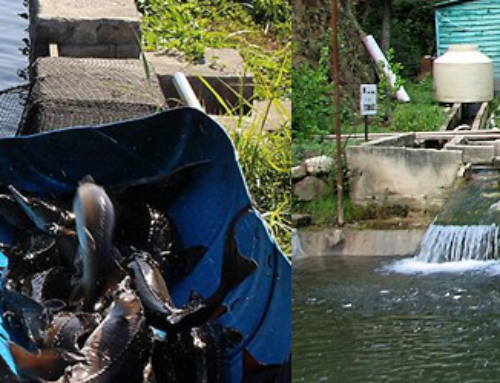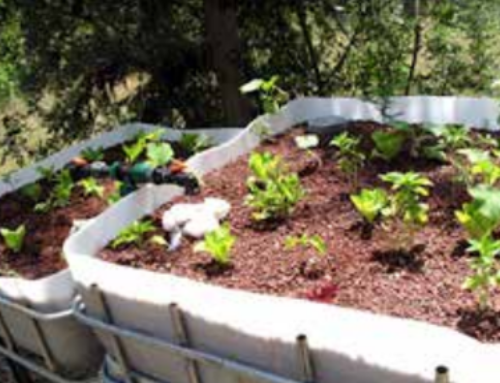A bell siphon is used in ebb and flow aquaponics and hydroponics systems in order to regulate the flow of water. In an ebb and flow (also known as flood and drain) system water is pumped into the grow bed. At a specific point (usually 2 inches below the surface) the water drains via the bell siphon. When the water reaches the bottom you will hear the classic gurgle indicating the end of the drain phase. The process will then repeat itself over and over again. The bell siphon is a such an important part of any ebb and flow system that getting it right is crucial. In this instructable I’ll show you how to make your own, and tweak it to your needs.
Follow the Bell Siphon Diagram to put the siphon together. Start with the male and female adapters.
After you have your bell siphon put together feel free to test it by filling the tank. Take note of the water level where the siphon starts, and especially the max height of the water. The max height of the water should be 2″ below the grow media surface. If you need to adjust any pipes now is the time to do it. If your water line is an inch above the mark, take an inch off the top of the siphon pipe, and an inch off the top of the bell dome.
Using a bell siphon is an easy way to drain a grow-bed in an aquaponic or hydroponic system. The idea is
that in an ebb and flow system, you have a tank of fertilizer (for aquaponics its a fish tank) and a grow bed full of plants. You then pump the fertilizer into the grow-bed and the plants eat. The problem is that you cannot generally have the plant roots submerged in water all the time as the roots will rot. And you have to have a means to empty the tank so it does not overflow.
A bell siphon solves this problem very simply, with the added benefit of working without additional energy input. This is the coolest part about this system. It works solely on the physics principles of atmospheric pressure and vacuums!
For more information on exactly how a bell siphon works, as well as how they’re constructed, check out this handy guide provided by the University of Hawaii: University of Hawaii Bell Siphon Guide







